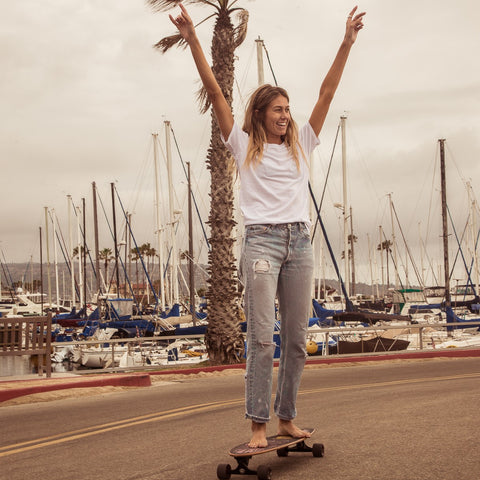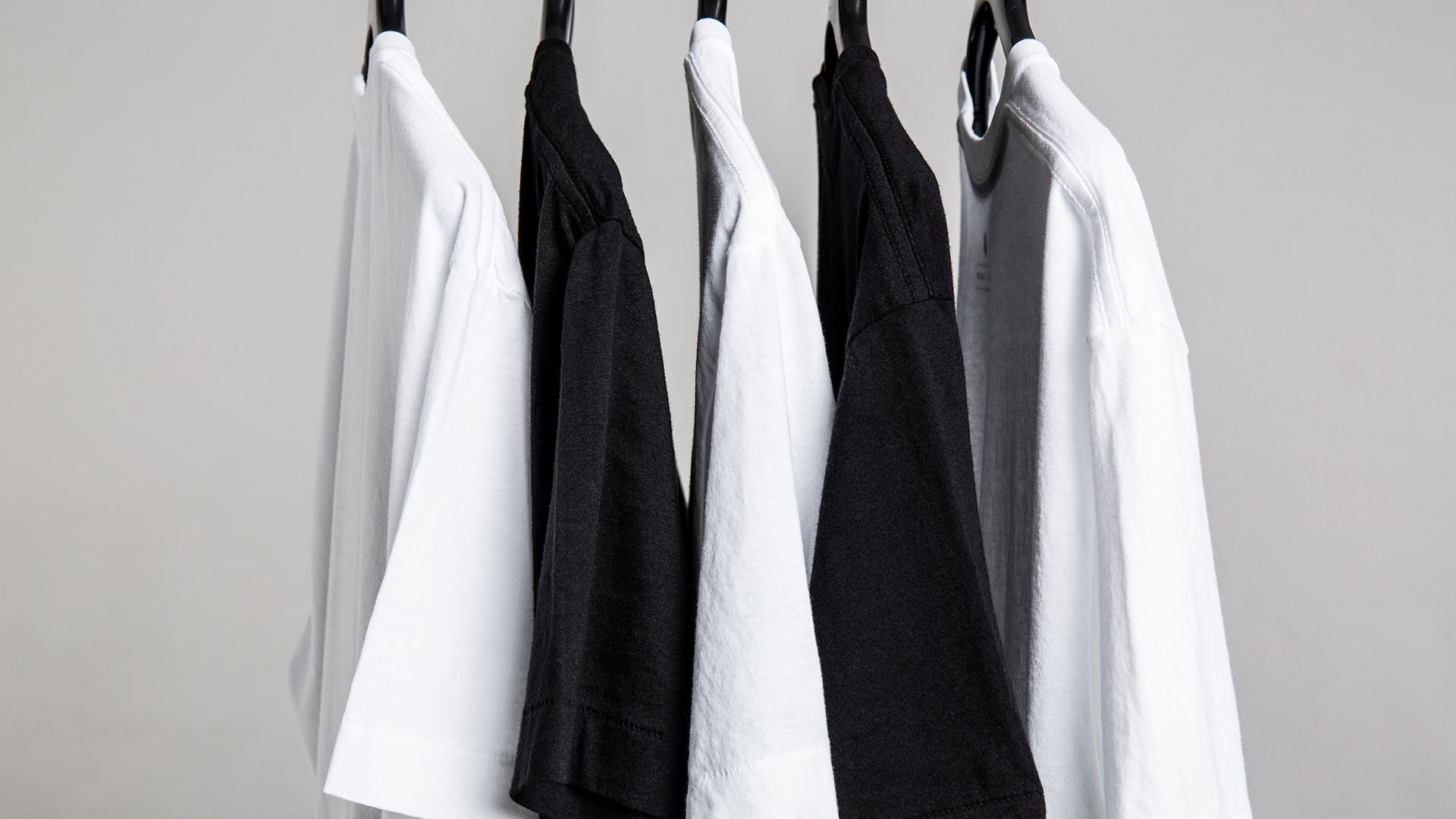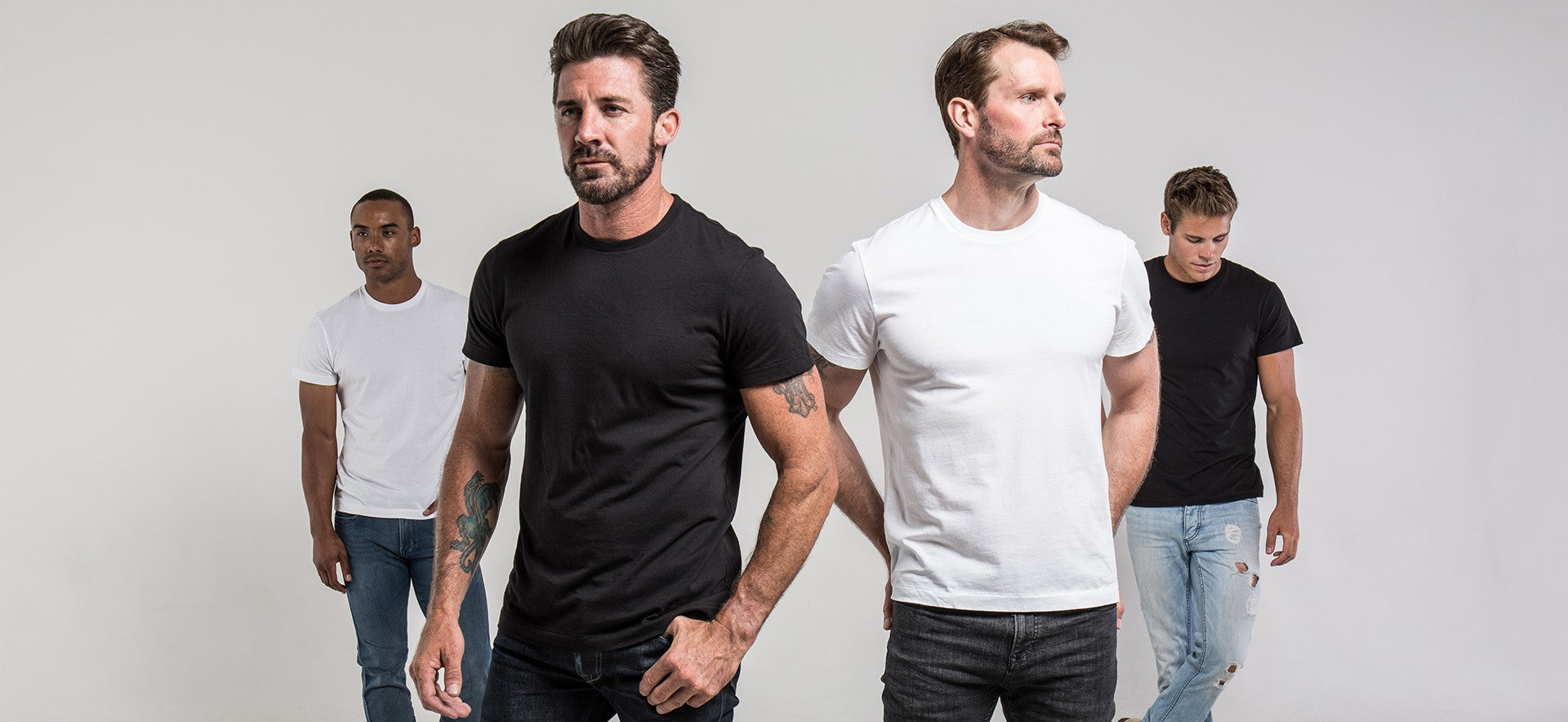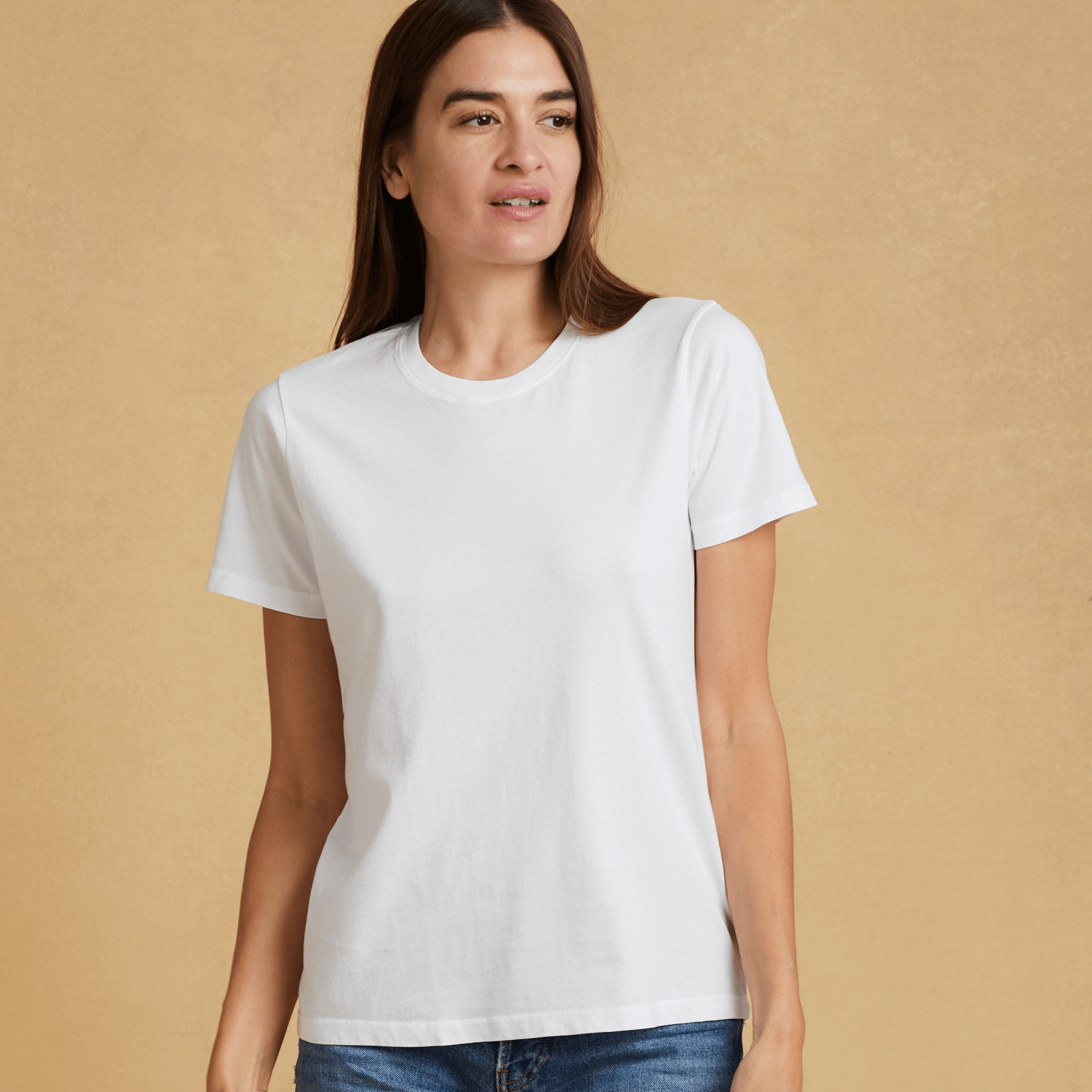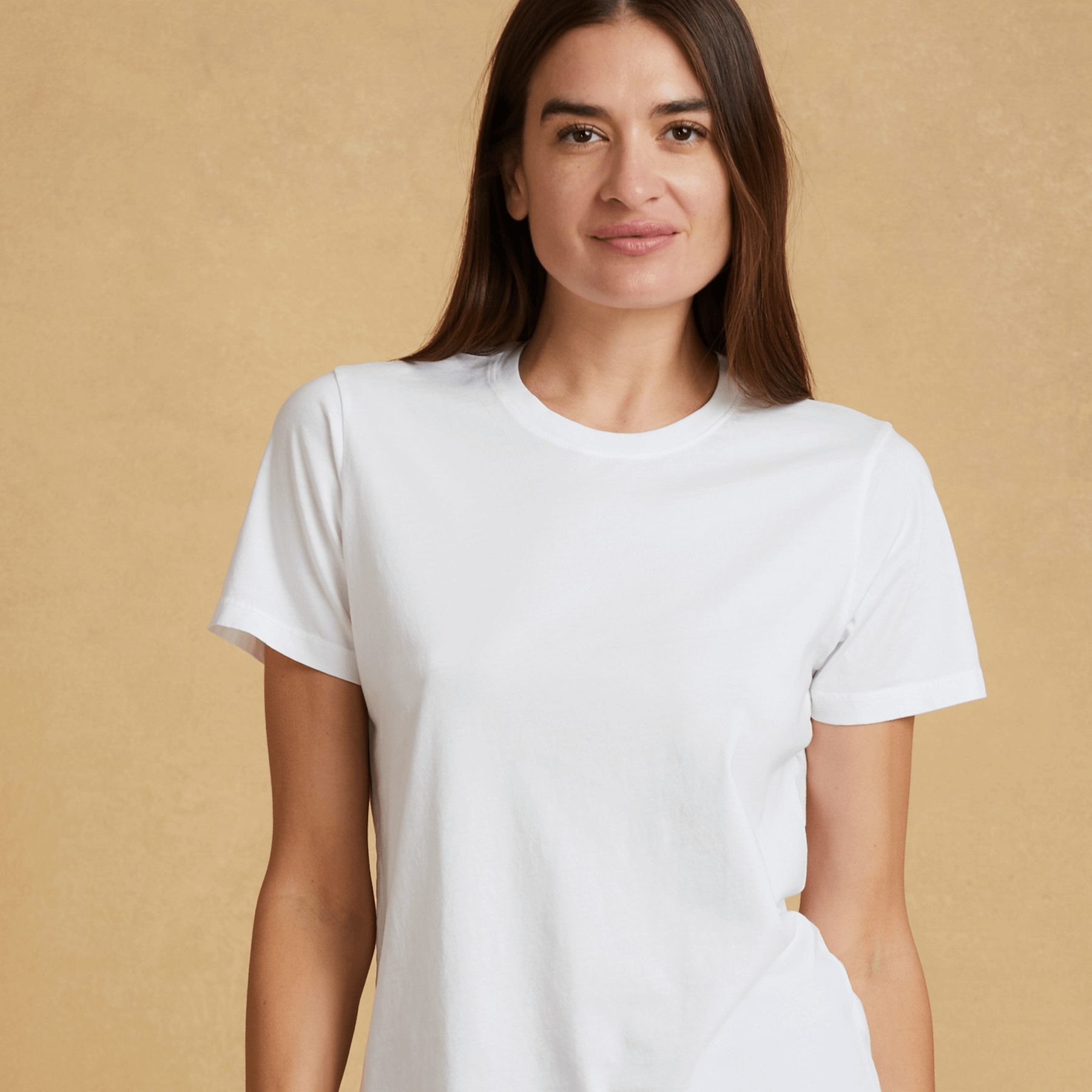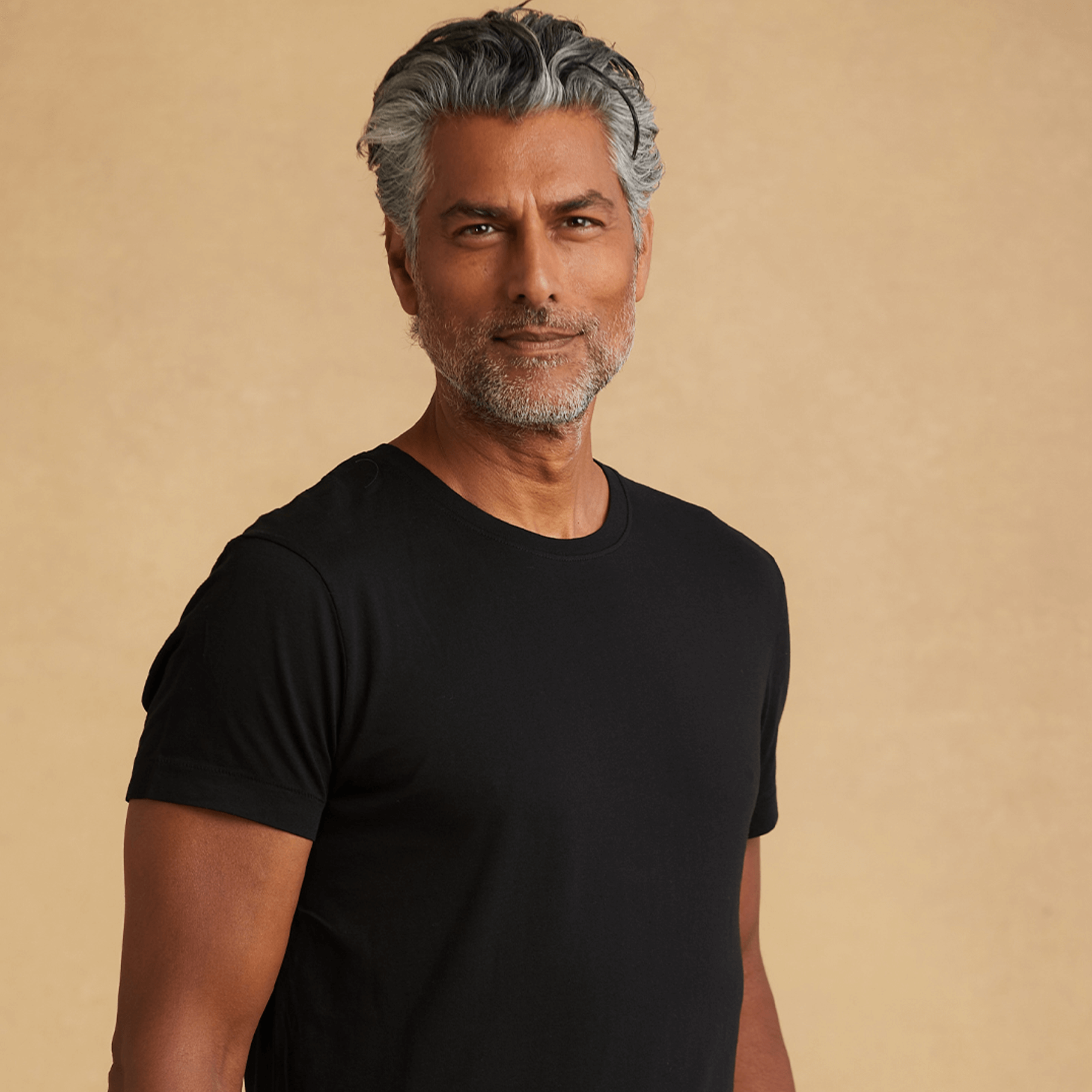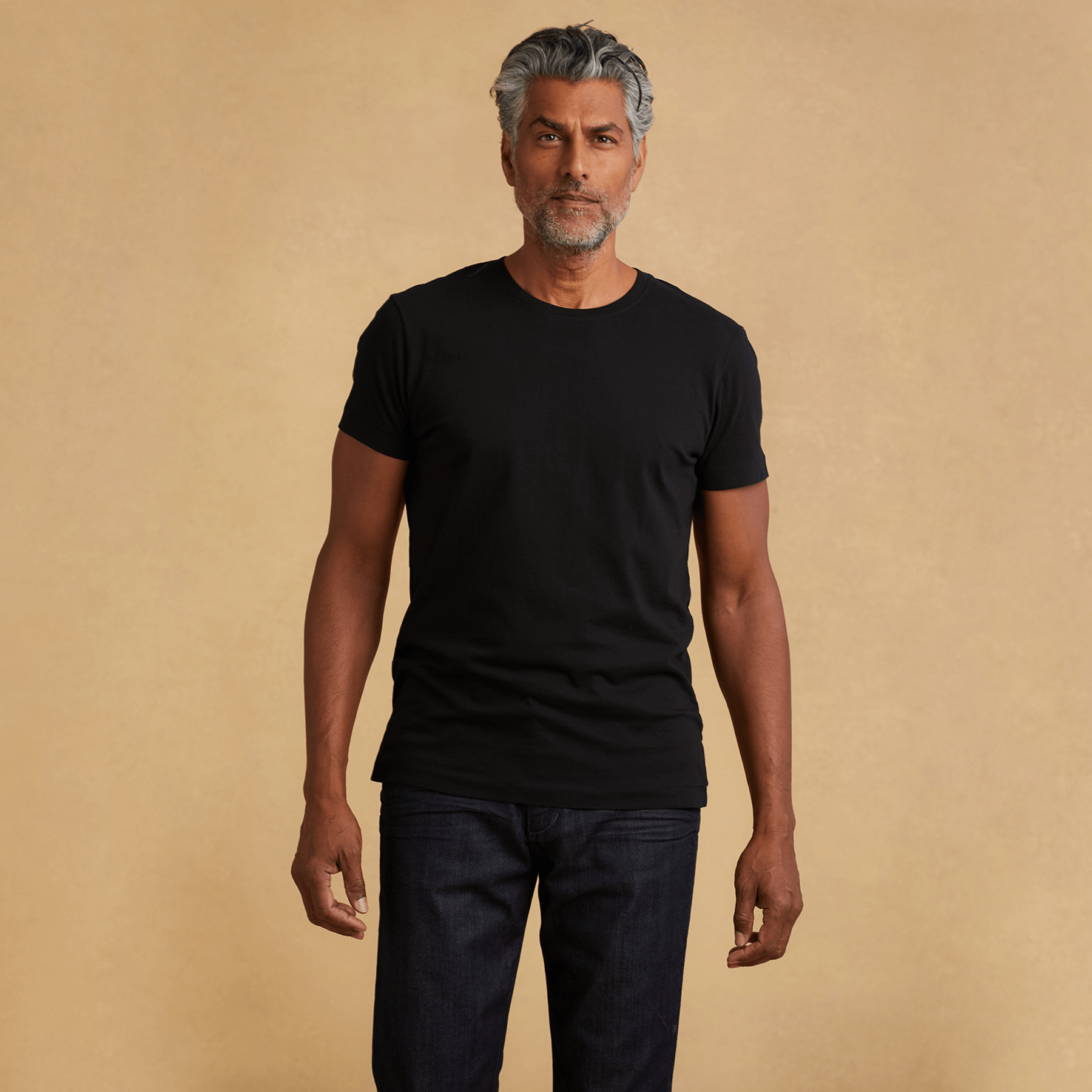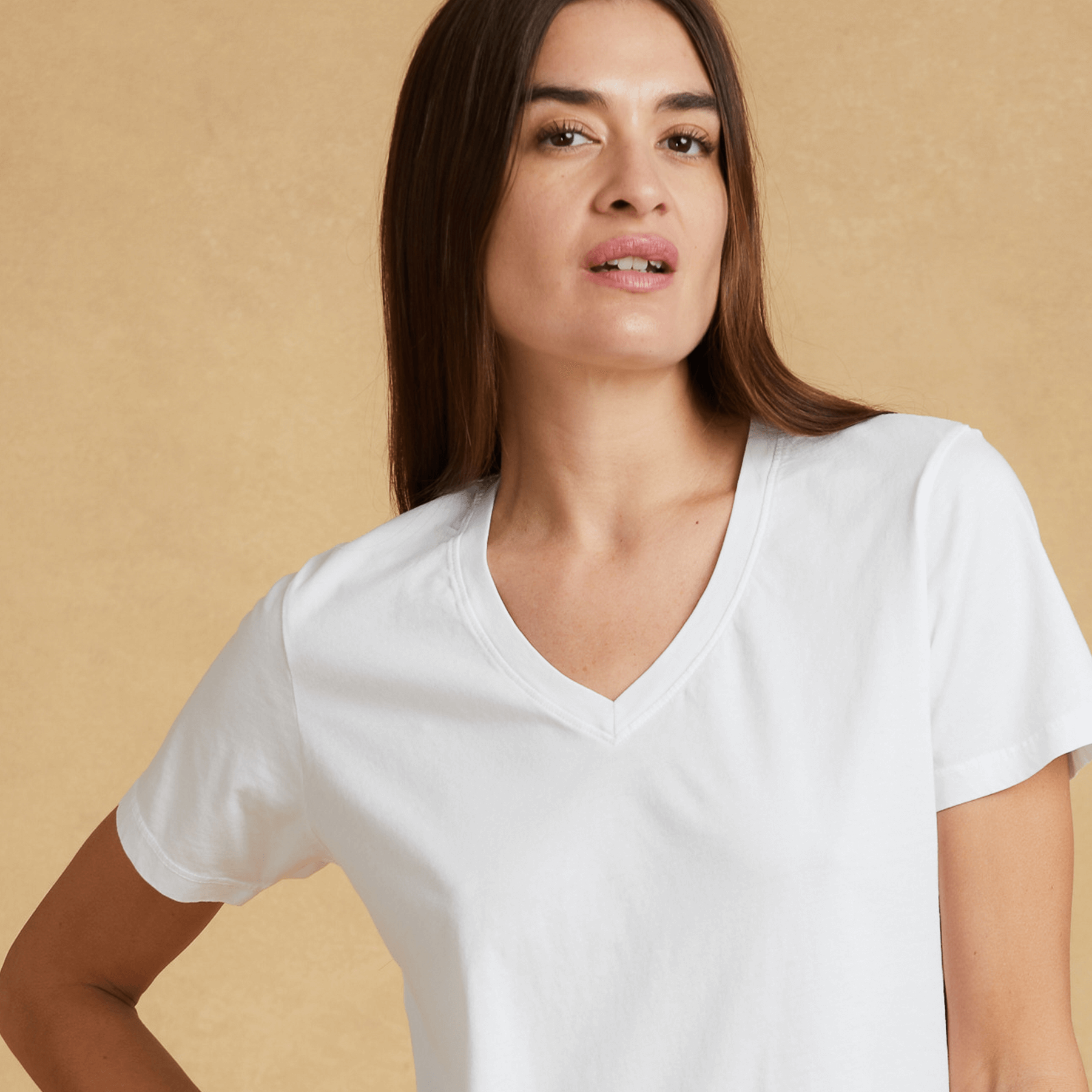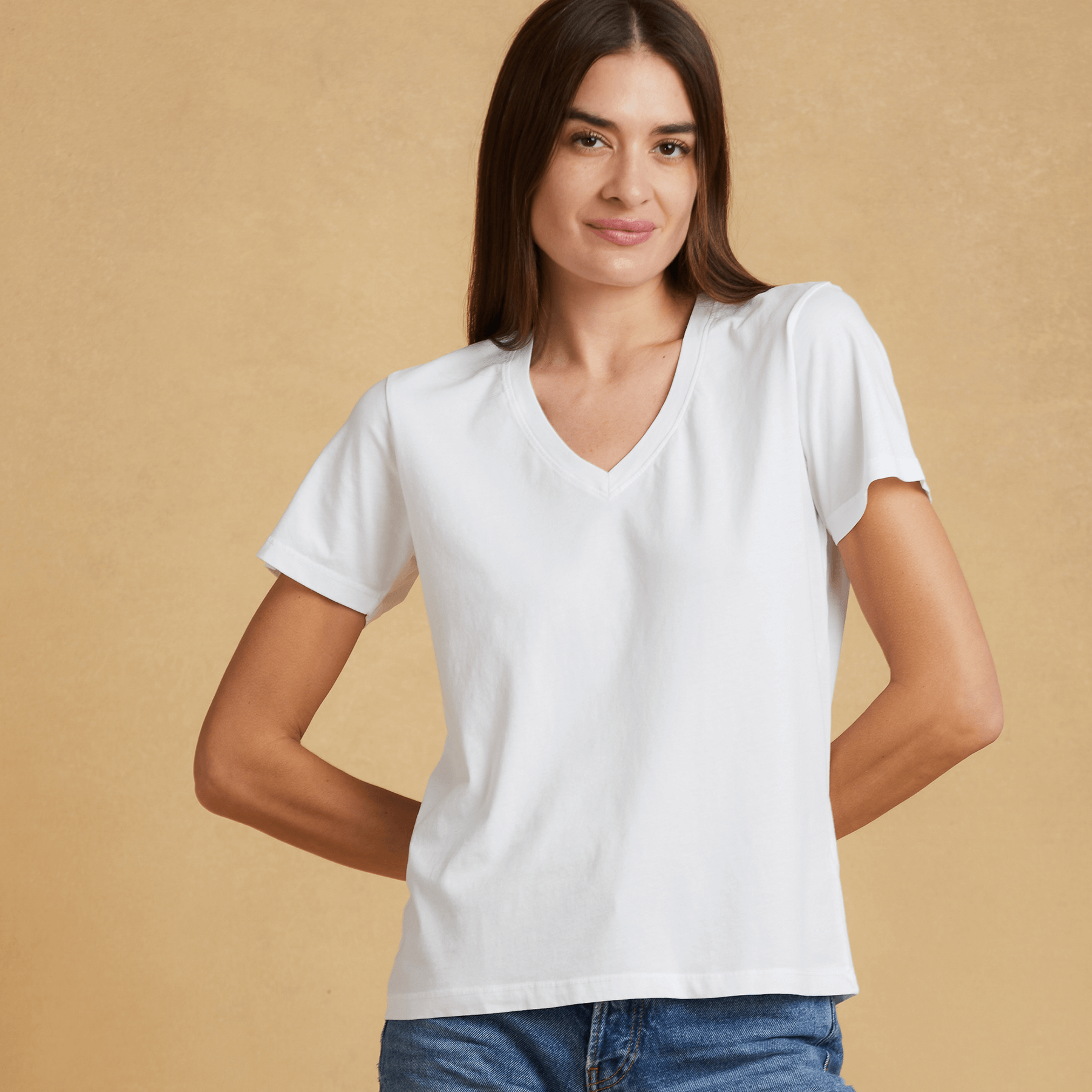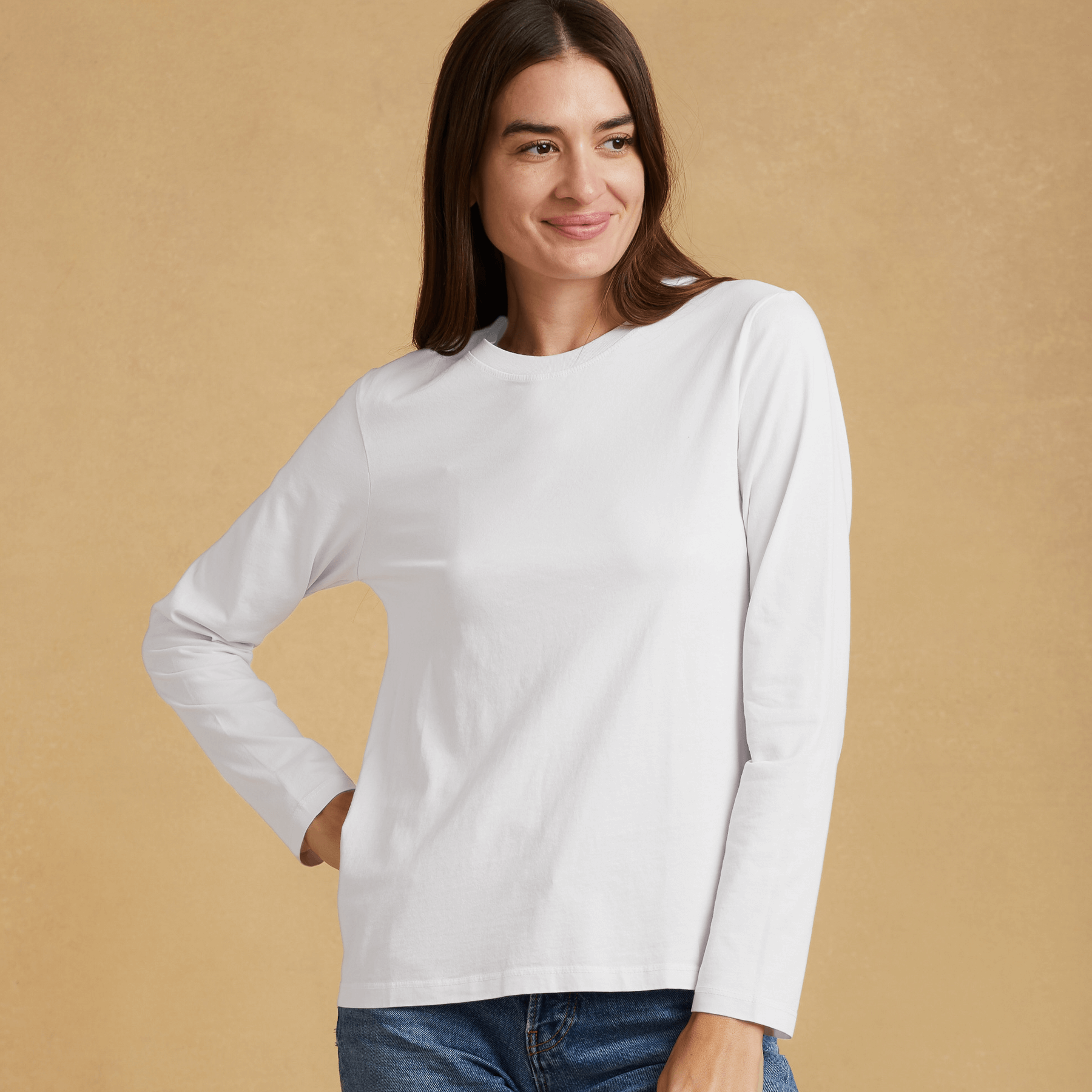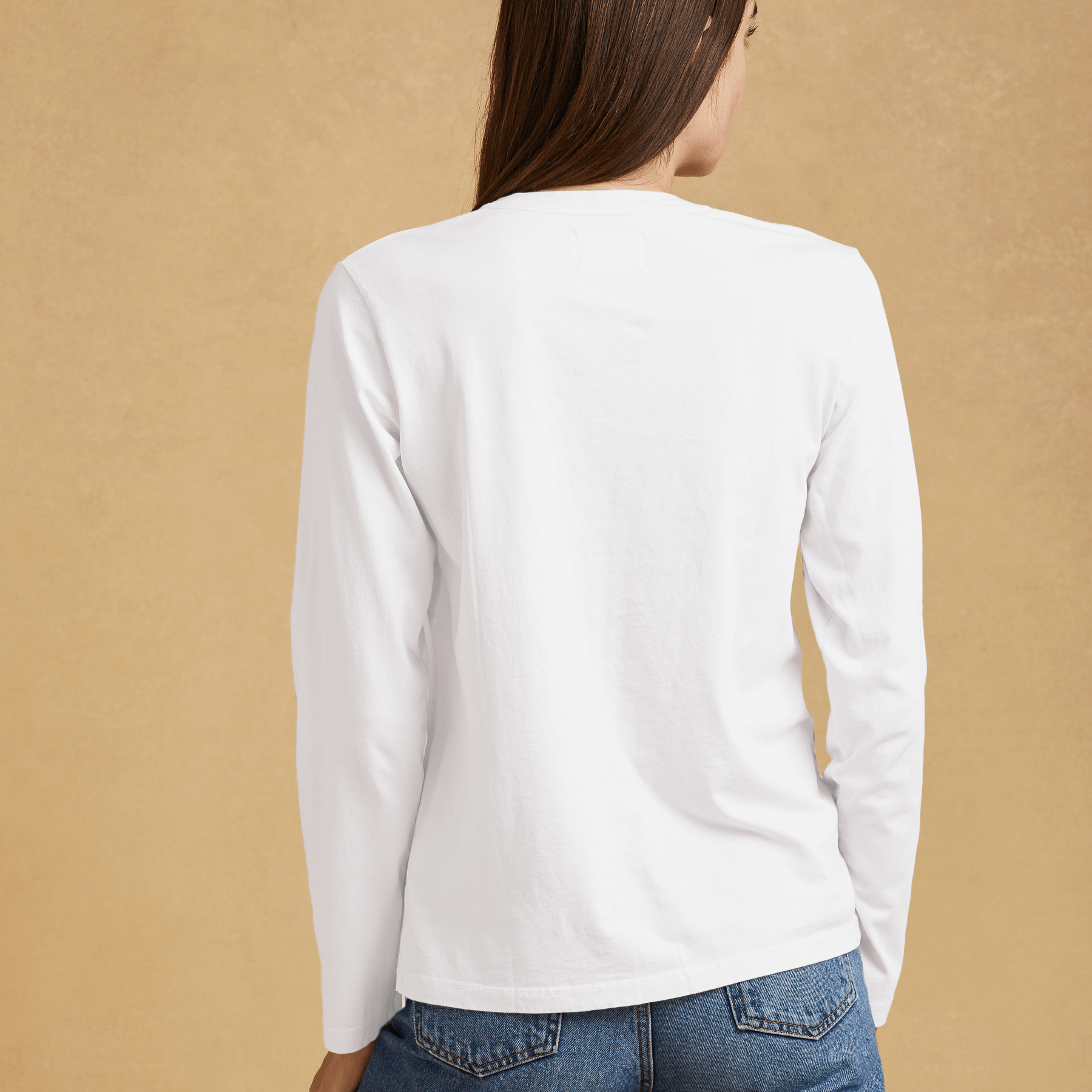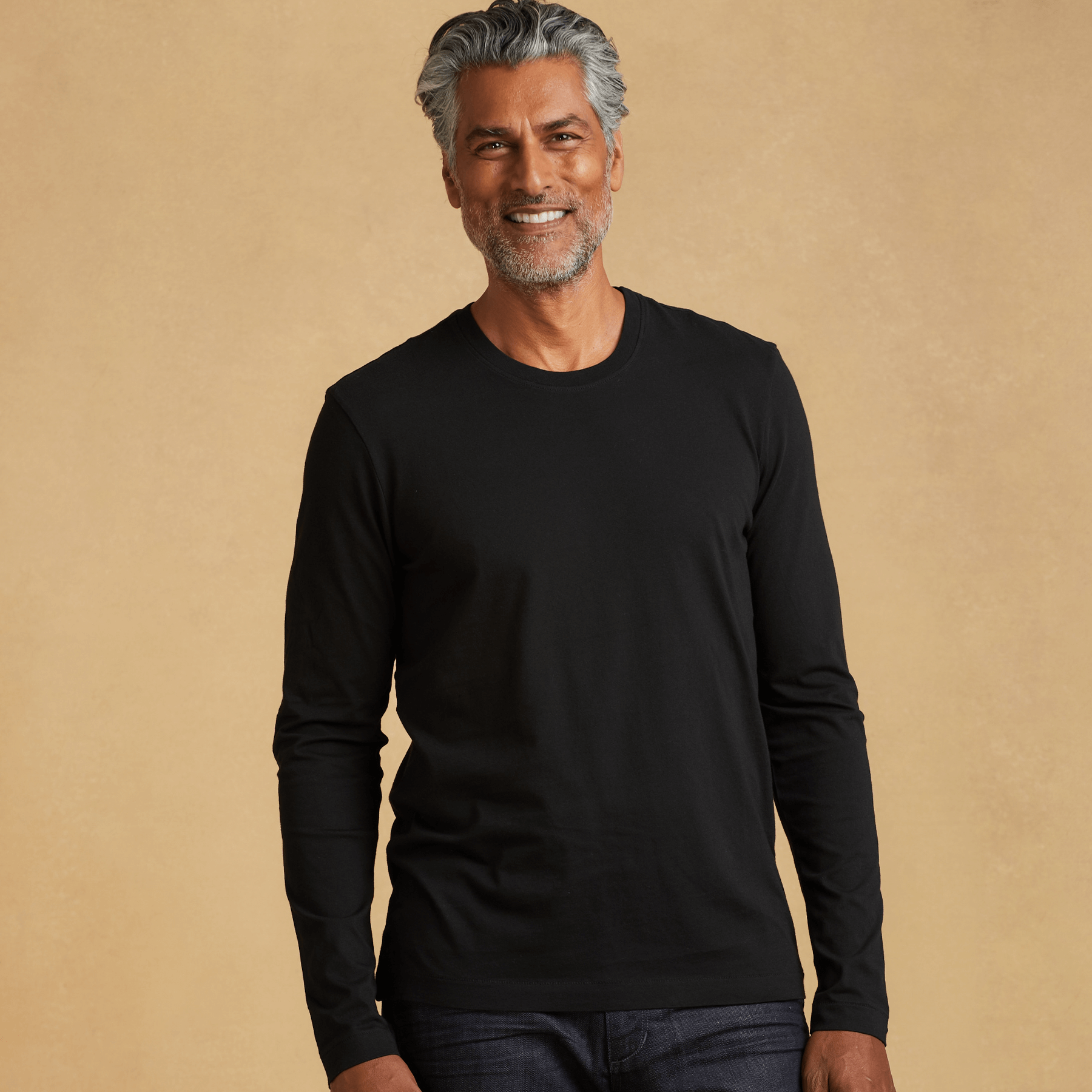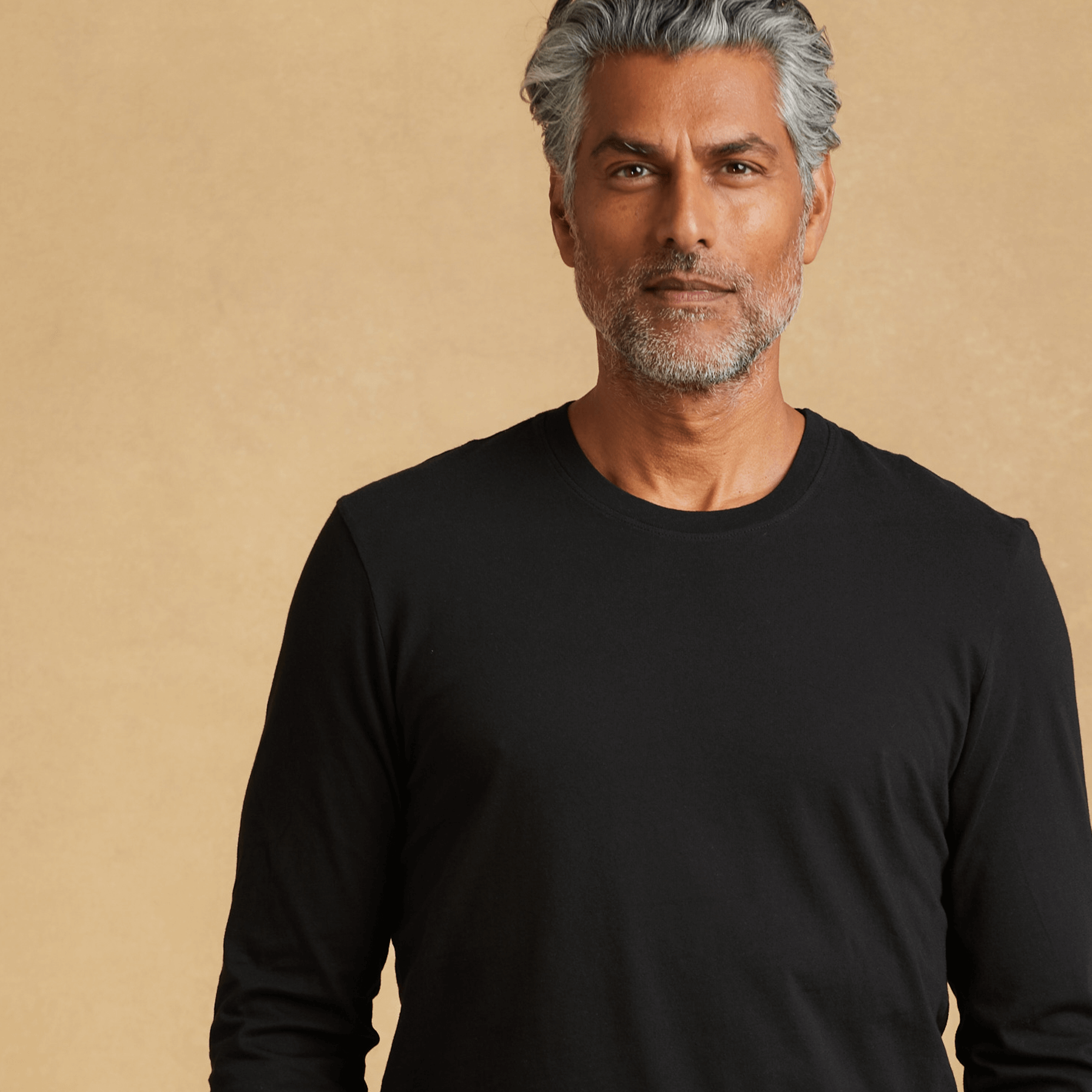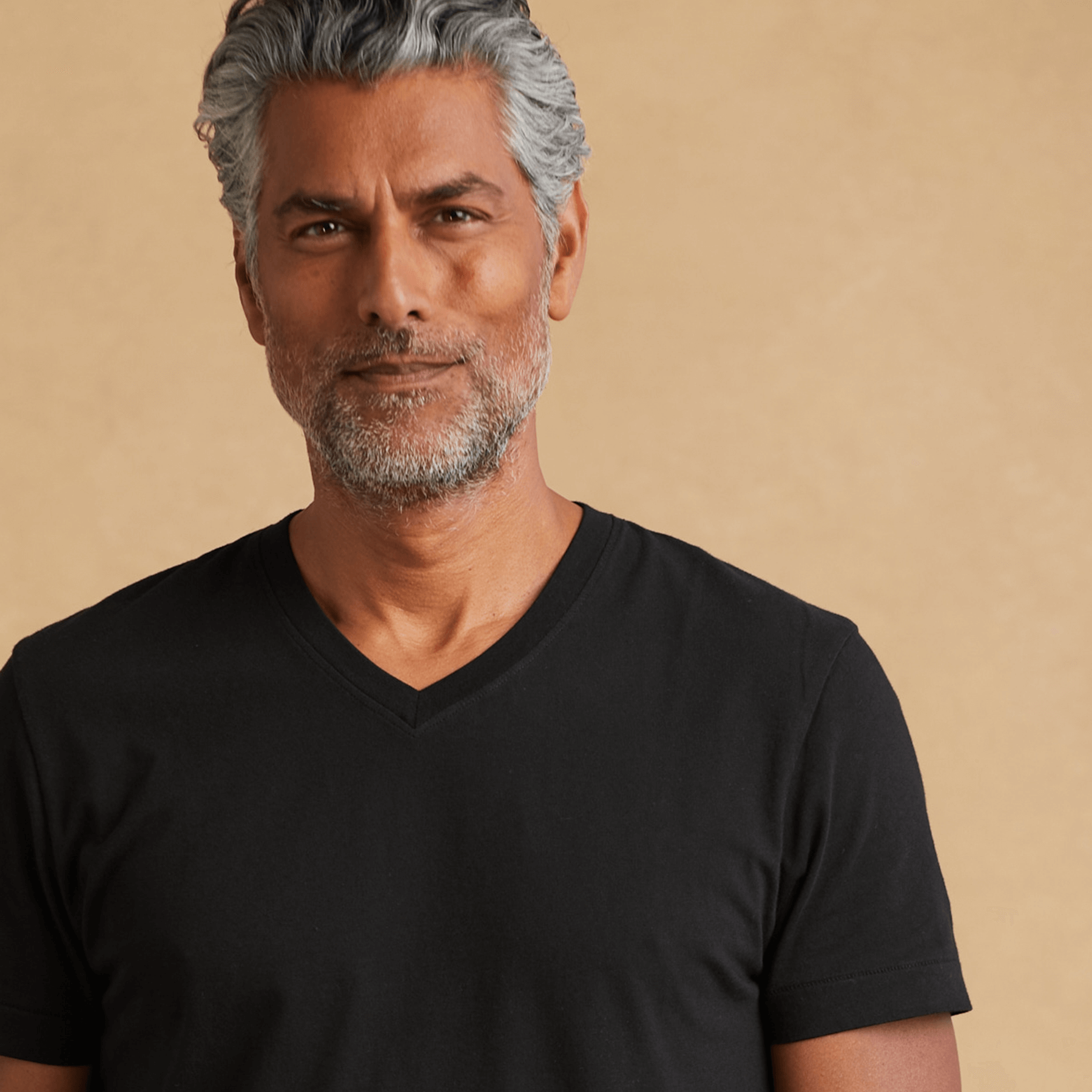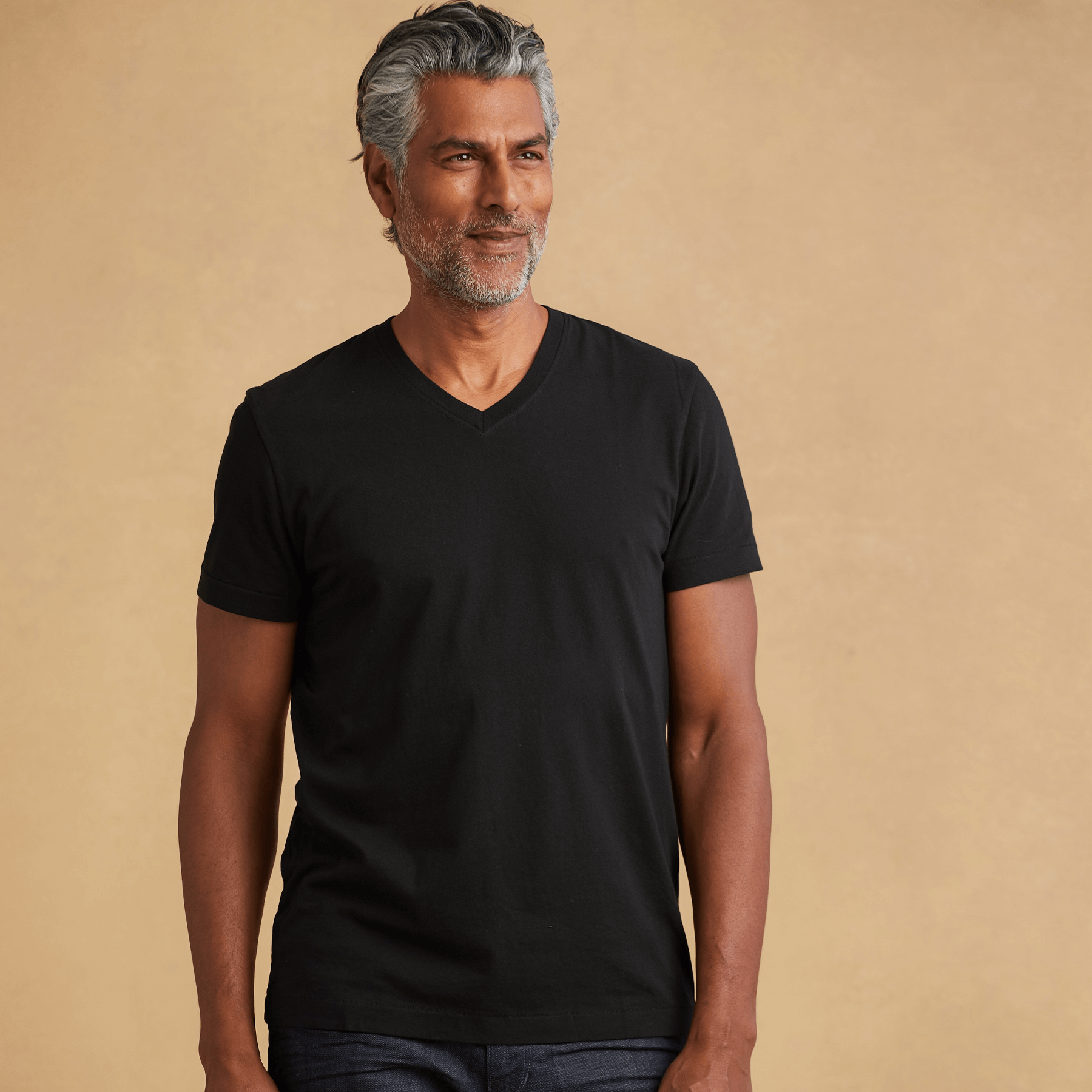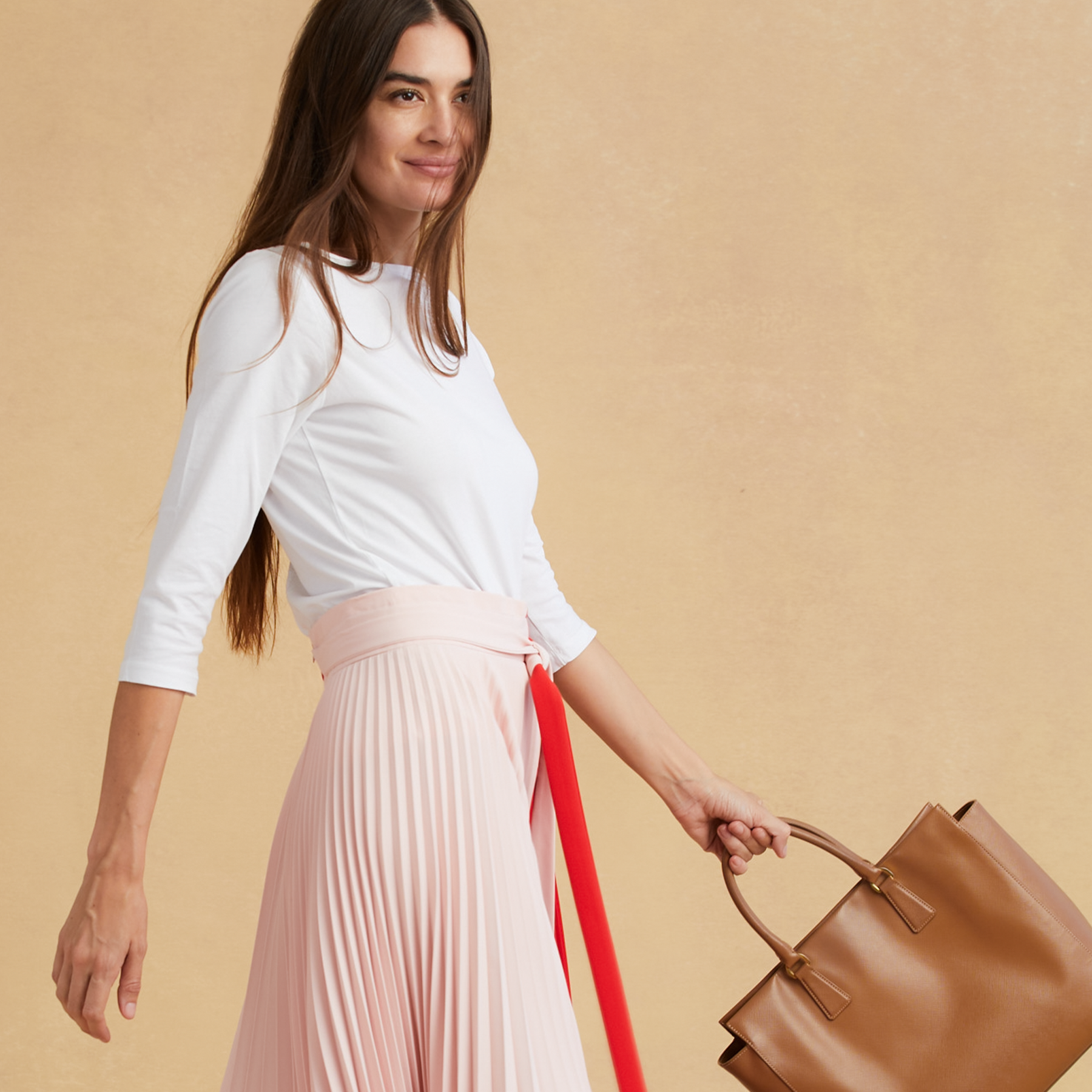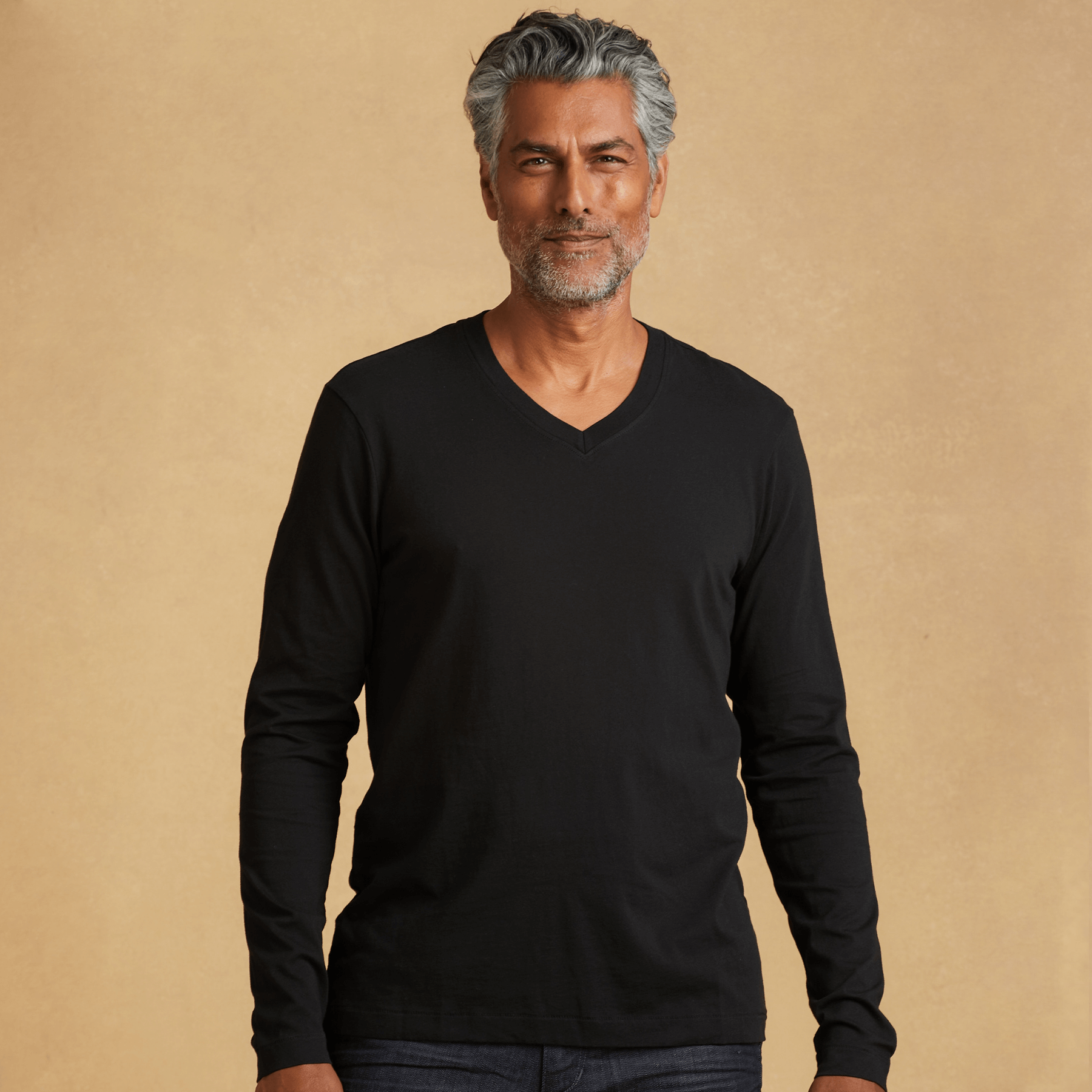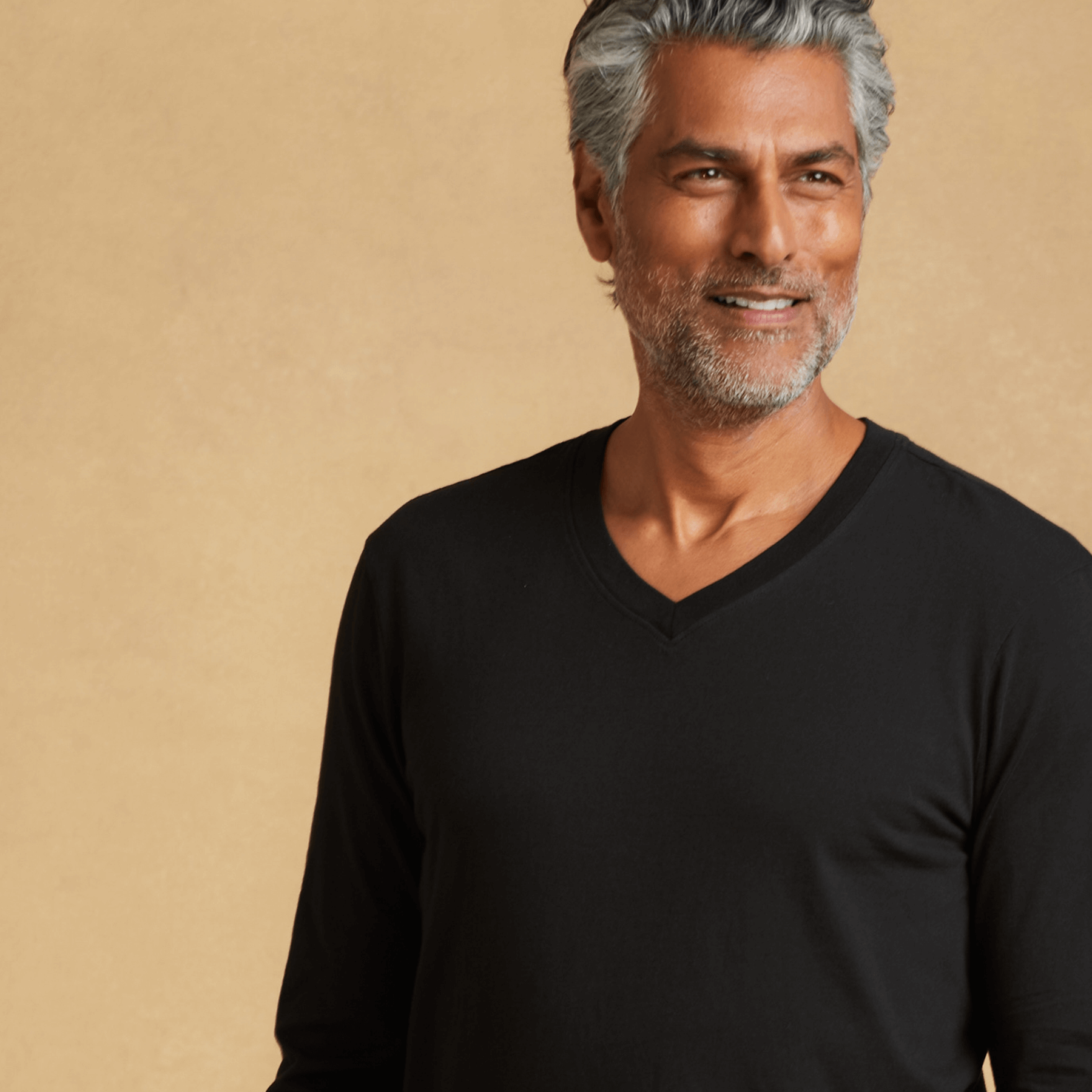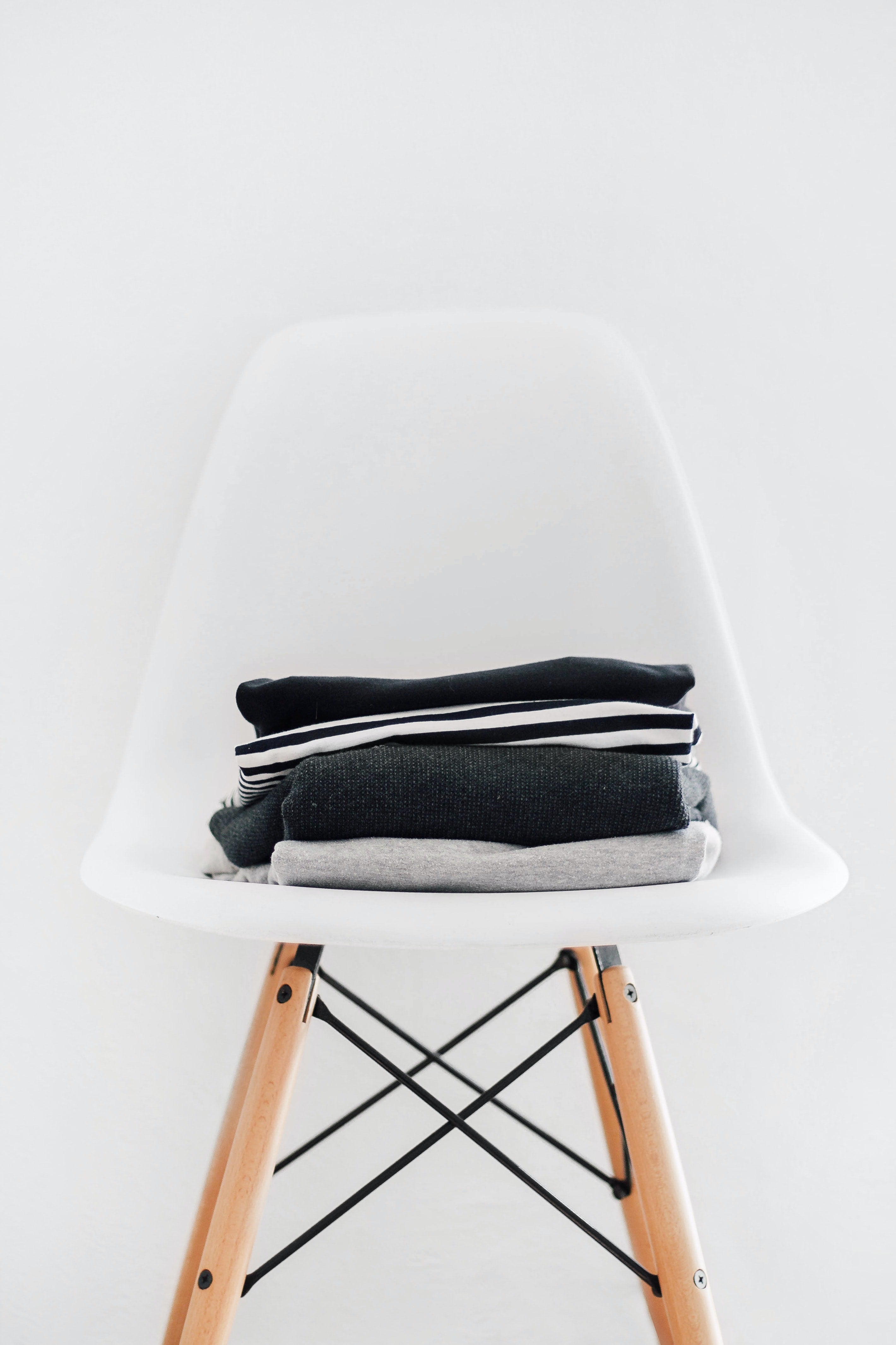
Benefits of Curating a Sustainably-Made Minimalist Wardrobe
In the iconic words of Fashion Revolution, “If we want to see fashion become a force for good, we’re going to have to change the way we think about what we wear and why we wear it. We need to love our clothes more. We need to look at them as precious heirlooms and as trusted friends.”
Consider how many items you actually wear in your closet. Now imagine that’s all you own. Assuming these outfits. This is known as creating a capsule wardrobe, and creating a capsule wardrobe is easier than you think. Your favorite T-shirts and pair(s) of jeans can attest to how few clothes we actually need if we truly love and value the ones we have.
Minimalist fashion means both less and more. Less items and more thought, more quality, more versatility. Minimalist fashion means sustainable and ethical fashion, and a focus on timeless designs made of materials designed to last.

Some people need more convincing beyond why minimizing our wardrobes and maximizing sustainable garments matters, but choosing an environmentally conscious capsule closet can achieve much more:
1. Decreasing Clothing Consumption With A Capsule Wardrobe
Fast fashion is what we call everything wrong with an industry that churns out 80 billion garments per year. Its name succinctly summarizes the intent: fast-changing styles, garments made for landfill, and fast money.
Refusing to play the fast fashion game means opting out of the more more more model by buying fewer things you intend to wear for longer. Rather than buying 80 pounds of clothes per year (like the average North American), what if you only bought 8?

The most sustainable choice is to simply not buy anything. Though, apart from buying used clothes or renting clothes, we sometimes just need something new. Especially if we’re using that new purchase as part of curating that simple, well-made sustainable wardrobe. Even if you're still technically buying new clothes, if you start investing in clothes made by ethical brands that build their clothing to last beyond next week’s blowout sale, you’re still taking steps to reduce how much you need to buy and how often.
Minimalism doesn’t necessarily mean never buying anything; it means buying intentionally and thoughtfully on a less frequent basis. It means creating space in your wardrobe and minimizing decisions so that you can free up space in your mind.
Minimalism has the power to stop fast fashion in its tracks by telling the industry that we want to slow down, stop overproducing, and start investing in clothes that we can enjoy long-term. Rather than buying disposable T-shirts, we make a one-time purchase for our favorite T-shirts.
2. Preventing Human Rights Violations
Sustainable fashion inherently means ethical fashion. You can’t have one without the other. Sustainability itself rests on three pillars: environmental, social, and economic.
- Environmental - has to do with the impact the clothing production has on the planet. Is the cotton organic, meaning it is free from pesticides and harmful chemicals? Is it grown in soil that can be recycled? How much water is used to grow the crops? The main things to look out for are pollution, destruction of natural habitats, and water scarcity, but these are just some of many factors to consider when it comes to fashion’s environmental impact.
- Social - has to do with the impact on communities and culture. There’s a difference between plopping a big factory in the middle of a village in a developing nation and partnering with workers and farmers in the community to grow crops effectively without damaging the community. In a fast fashion model, the company dictates every aspect of the operation, but organic farming practices enable more cooperation and co-ownership of land and resources. By working together, we can empower communities with new tools and practices rather than exploit people for labor.
- Economic - has to do with the financial impact of production. Are workers being paid a fair wage? Can farmers use their land to grow more than just cotton? Is there healthy competition among businesses or one monopoly that calls all the shots?
Amid feverish debates about climate change and ocean plastic amassing into continent-sized patches , it’s easy for the environmental impact of fast fashion to overshadow the others. However, if we truly hope to live and dress sustainably, we need to pay equal mind to all three interconnected components. We need to support brands that ensure every link of their supply chain is sustainable.
For that reason, we should support responsible fashion companies to fight for the human rights of the 150 million people working in connection with the fashion industry.
Many don’t even receive a living wage . In exchange for their hard work, they get to endure hazardous workplace conditions rife with chemical exposure, poor ventilation, and even unstable facilities.
 Source: Fashion Revolution on FutureLearn
Source: Fashion Revolution on FutureLearn
It goes even deeper: garment workers all over the world face abuse, forced overtime (without extra pay), gender discrimination , child labor, and even human trafficking.
This is why transparency is so important. The more transparent a brand is about a garment’s lifespan, from seed to shelf, the smaller the risk of supporting unethical business becomes. Some brands may be supporting unethical practices unknowingly--that’s why it’s important for them to check. Consumers don’t have access to confidential information, so it is the brand that bears the responsibility to ensure the integrity of its supply chain. Transparency breeds traceability and accountability.
Keeping a supply chain localized is another way to keep ethical tabs. The Classic T-Shirt Company, for example, sources and manufactures entirely in the USA, which also enforces strict labor and wage laws compared to many developing nations.
3. Eliminating Unsustainable Farming Practices
When we choose crops grown with an abundance of pesticides and fertilizers (ahem, traditional cotton), we’re choosing to perpetuate the continual damage to the world's precious biodiversity, one of the most critical planetary boundaries we simply cannot afford to cross.
Pesticides don’t just kill pests. They kill the birds that eat pests. They wash into rivers and oceans, killing fish that we eat. And while the amount of pesticides that can kill an insect may not have the same effect on a human, we need to be mindful of bioaccumulation.
Bioaccumulation is a phenomena where toxins, such as pesticides, build up in an organism’s body faster than they can be flushed out. Frogs, birds, and fish might feast on insects that are dying of pesticides, and then those toxins accumulate in their bodies, and then the predators who eat those animals accumulate toxins in their bodies. These chemicals can also enter the bodies of organisms like frogs who use their skin to breathe, or fish that ingest chemicals from the water. This is what nearly drove the bald eagle to extinction . When the United States banned the use of DDT in 1972, that gave bald eagles and other species the chance they needed to recover.
It’s not just about preserving animal species --those eagles were getting sick from eating salmon. The pesticides used to make traditional cotton could just as easily find their way into our systems, and they pose a very significant danger to pets.
Along with all those chemicals, cotton production causes 220 tons of CO2 emissions every year.

Let’s ensure any of the cotton garments we own are made with organic cotton (like The Classic T-Shirt Company’s 100% GOTS-certified eco friendly T-shirt ) which prevents much environmental damage before the fabric even gets to the factory.
4. Less Chemical and Water Pollution
Fashion accounts for 10% of global carbon emissions. On top of that, and on top of pesticides, there are other toxic chemicals such as lead and formaldehyde used all across fashion to make dyes and plasticizers, which turn plastic into workable material. About 17 teaspoons of them are in the cotton T-shirt you’re wearing... unless you’re wearing a Classic T-Shirt of course.
All that spells not only harmful exposure to millions of farmers, workers, and wearers, but astronomical amounts of chemical runoff into waterways. It’s as if inorganic farming and fast fashion production using trillions of liters of water annually wasn’t enough damage; it needs to poison what water is left.

Organic natural fibers are a far better alternative, with no chemical pollution AND no microplastic pollution from every time wearers wash synthetic garb. If organic cotton needs to be sent to a landfill, it can decompose in a matter of months or even as soon as a week, whereas plastics can take 20-200 years.
Plus, the organic natural fibers come from healthier plants that are raised in organic soil and not prematurely harvested. This creates a naturally superior product that will last longer with proper care, and the T-shirt will retain its original quality wash after wash.
5. Solving the Textile Waste Problem
Remember this mantra, “ sustainable living aims to achieve an environmental equilibrium. [...] In other words, return to the earth whatever you take from it.” That immediately disqualifies a huge percentage ( 64% , to be precise) of synthetic fiber petroleum-based clothing out there.
But wait, can’t we donate or recycle synthetic clothing? In theory, yes, but in reality, textiles have the worst recycling rate of all materials. Only 15% of Americans donate clothes and 20% of that gets resold. That’s just textile waste on the consumer side, not even accounting for the production side wasted offcuts, trimmings, and unsold “deadstock”.
All of that waste is headed straight to the landfill at best; into the ocean or other natural ecosystems at worst. Much like pesticides bioaccumulate, so too do microfibers, or small pieces of plastic that break off (and often wash off) inorganic clothing. These plastics are impossible for almost every known organism to digest, including humans.
Furthermore, landfills are filling up faster than this planet can handle, and the more we fill landfills with waste that’s not biodegradable, the faster they will continue to fill up.
Buying from companies that use pure natural, organic fabrics means more than no chemical waste--it also means no textile waste. Natural, non-chemical fibers can even be safely composted right in your own backyard. So simple, yet such a huge step toward achieving that elusive zero waste circular economy we desperately need to implement.
Final Thoughts on the Benefits of Minimalist Fashion
Fast fashion, as it exists today, is causing irreparable damage to the planet. While science explores possibilities for reversing the damage, there is an immediate need to stop the destructive wheels of fast fashion. We need to hold companies accountable, and we can also take actions to prevent further harm.
As consumers, we hold the most powerful weapon when it comes to changing the fashion industry: the dollar. Each time we invest in something as simple as a new Classic T-shirt whether it’s a minimalist gift or something for yourself, we’re essentially casting a vote for the kind of fashion we want to see proliferated. The more we support sustainable T-shirt brands like the Classic T-shirt Company, the more those brands can grow, expand, and offer more alternatives to fast fashion. Eventually, sustainable minimalist fashion brands can replace fast fashion altogether.
It will take time, but we don’t have to sacrifice quality or luxury while the sustainable fashion movement is still developing. Sustainable luxury T-shirts give us the versatility and quality we need for a minimalist wardrobe, and are creating new standards and expectations for the fashion industry at large. Instead of buying cheap T-shirts in bulk and treating them as a disposable commodity, we can invest in keystone wardrobe pieces like the Classic T-shirt that enable the wearer to look good, feel good, and do good.
Over time, the Classic T-shirt Company has expanded its reach, shipping plastic-free across the United States and abroad, and is continuing to offer new colors and consider new innovations for the future. With your continued support, the Classic T-shirt Company and the sustainable fashion community at large will continue to grow and thrive.
Shop The Classic T-Shirt Collections for Men and Women
Featured collection
Best seller t-shirts | QUALITY & LONGEVITY





